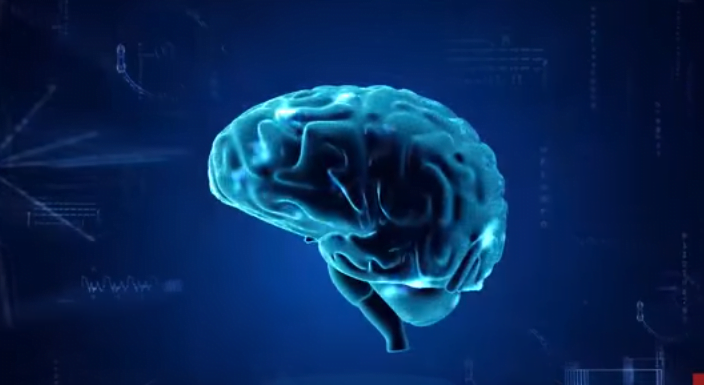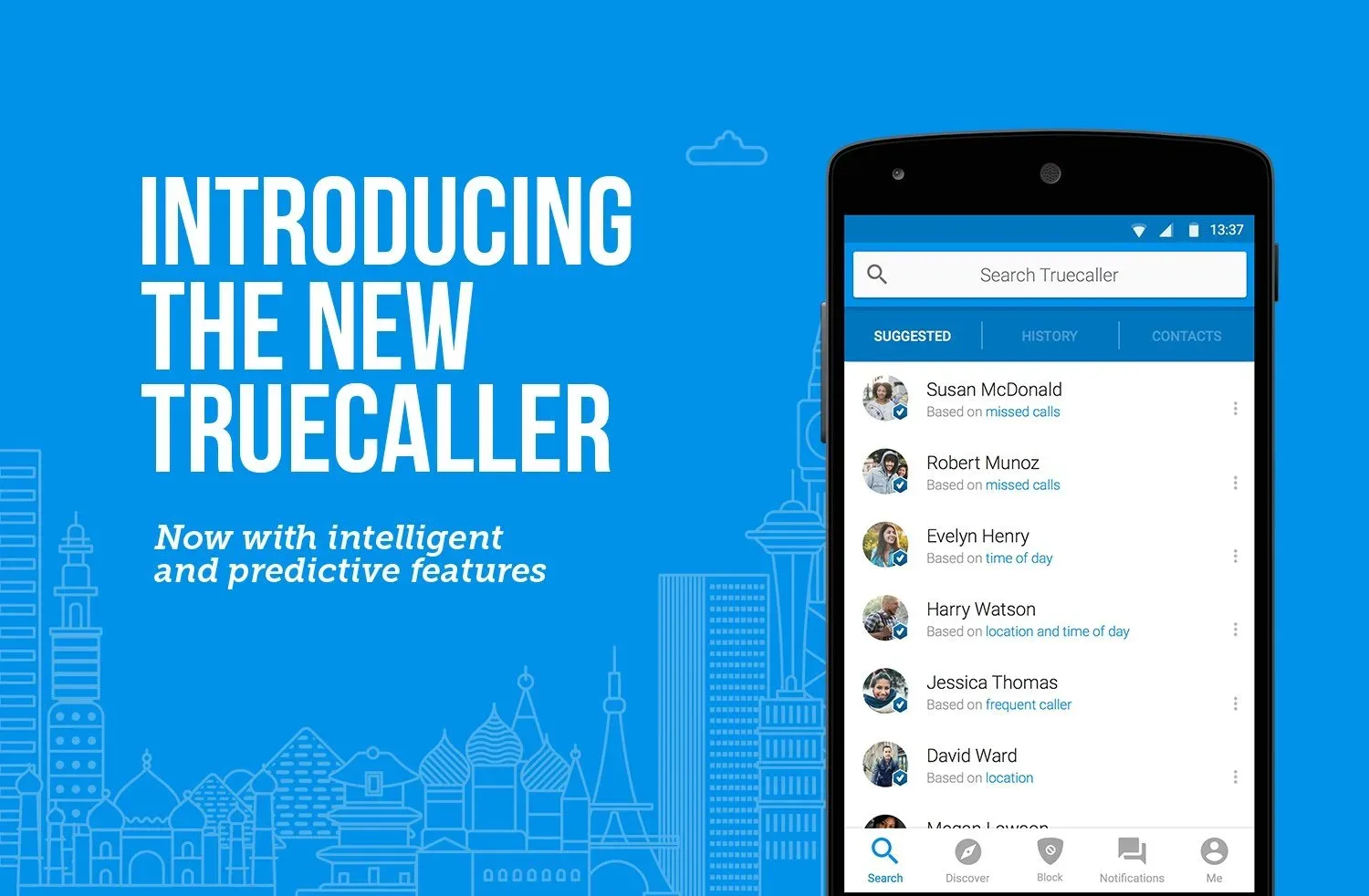Brain-to-brain communication has been tested before, but now it has converted into a versatile communication network.
Scientists and researchers have succeeded in developing a network that allows participants to share their thoughts via brain signals.
The network is smart enough to play mind-games. Tetris is an ideal game to test the system. Advanced technology is used for the network development but in a much more sophisticated pattern.
The network architecture is founded on the electroencephalograms that are embedded in the system to record electrical activity and transcranial magnetic stimulation. This advanced feature ensures flawless information sharing.
The network allows only one person to send and receive information data at a time. The participants cannot access full screen—it depends on two other people who can propel thoughts to the receiver. To execute the thought sharing command, the sender would rotate a block via focusing on LED’s flashing at the distinct frequency, altering their brain signals. The receiver would not adjust the block and won’t be able to determine whether or not one of the senders is playing a trick.
This technology is not telepathy. However, it involves the proper brain-to-brain information sharing feature. It needs peripheral involvement. The network is designed to send one “bit” data at a time.
Currently, this technology is limited to three people only, but, shortly it is expected that a significant number of people would be able to share the more complex thoughts across the groups. Therefore, it is likely that this technology would raise some privacy concerns. Initially, people would be reluctant to become a part of this network. Later on, its long-term benefits might convince them to participate.
No doubt, this technology is a new mode of data transfer that would considerably help the secret security forces for information sharing. Complex encryption algorithms are deployed to retain the network’s privacy concerns.
Further advancement in this technology will make scientist to learn more about inner brain functionality that would simultaneously help the doctors and medical researchers to design better treatments for mental health.
Would this technology bypass privacy? Share your views and stay tuned for more updates!




Share Your Thoughts